
Latinos among the most segregated in schools
A new report shows that Latino students are among the most segregated student groups in the U.S.
In October, the U.S. Supreme Court listened to arguments regarding race-conscious college admissions. The discussion has brought to attention also the disparities between races and ethnicities in K-12 schools, which impact higher education.
EducationWeek cited a brief by the Council of the Great City Schools, the coalition of the nation’s 76 largest urban school district, which argues that racial segregation in the nation’s schools persists and has been getting worse. The document contains information from a 2019 report from the Civil Rights Project (CRP) at the University of California, Los Angeles. It appointed that Latino, along white students, were the most segregated groups.
Latino students attended a school in which 55% of the students were also Latino. As for White students, they attend schools in which 69% of the students had the same race/ethnicity.
Black students, who represented 15% of public school enrollment at the time of the report, attended schools where Black students made up an average of 47% of enrollment. Asian American students were attending schools where 24% of students had also an Asian background.
Black students attended schools with a combined Black and Latino enrollment averaging 67%, and Latino students attended schools with a combined Black and Latino enrollment averaging 66%.
RELATED CONTENT
“The data in this report shows a disconcerting increase of Black segregation in all parts of the country,” says the report.
The CRP report indicates that the proportion of “intensely segregated minority schools” — with an enrollment of 90% or more of non-white students — increased from 14.8% of schools in 2003 to 18.2% in 2016.
Data from the U.S. Government Accountability Office (GAO) about K-12 diversity also showed that more than one-third of U.S. public school students, about 18.5 million, attended a predominantly same-race/ethnicity school, defined as one where 75% or more of the student population is of a single race/ethnicity.
While the 38% proportion of K-12 public school students attending a predominately same-race/ethnicity school had declined slightly since 2014-15 school year (42%), still nearly half of white students attended schools predominantly with students of their own race/ethnicity compared to nearly a third of Hispanic students and nearly a quarter of Black students in 2020-21, the GAO found.
Such segregation in schools also contributes to a racial gap in academic achievement, cited the CRP report. According to a 2019 National Assessment of Educational Progress data, and more national achievement data recently released, comparing the first time students took the NAEP test since the start of the pandemic, average reading scores for 4th grade Black, Hispanic, white, and Native American students fell from 2019 to 2022.
To learn more about the CRP report, click here.





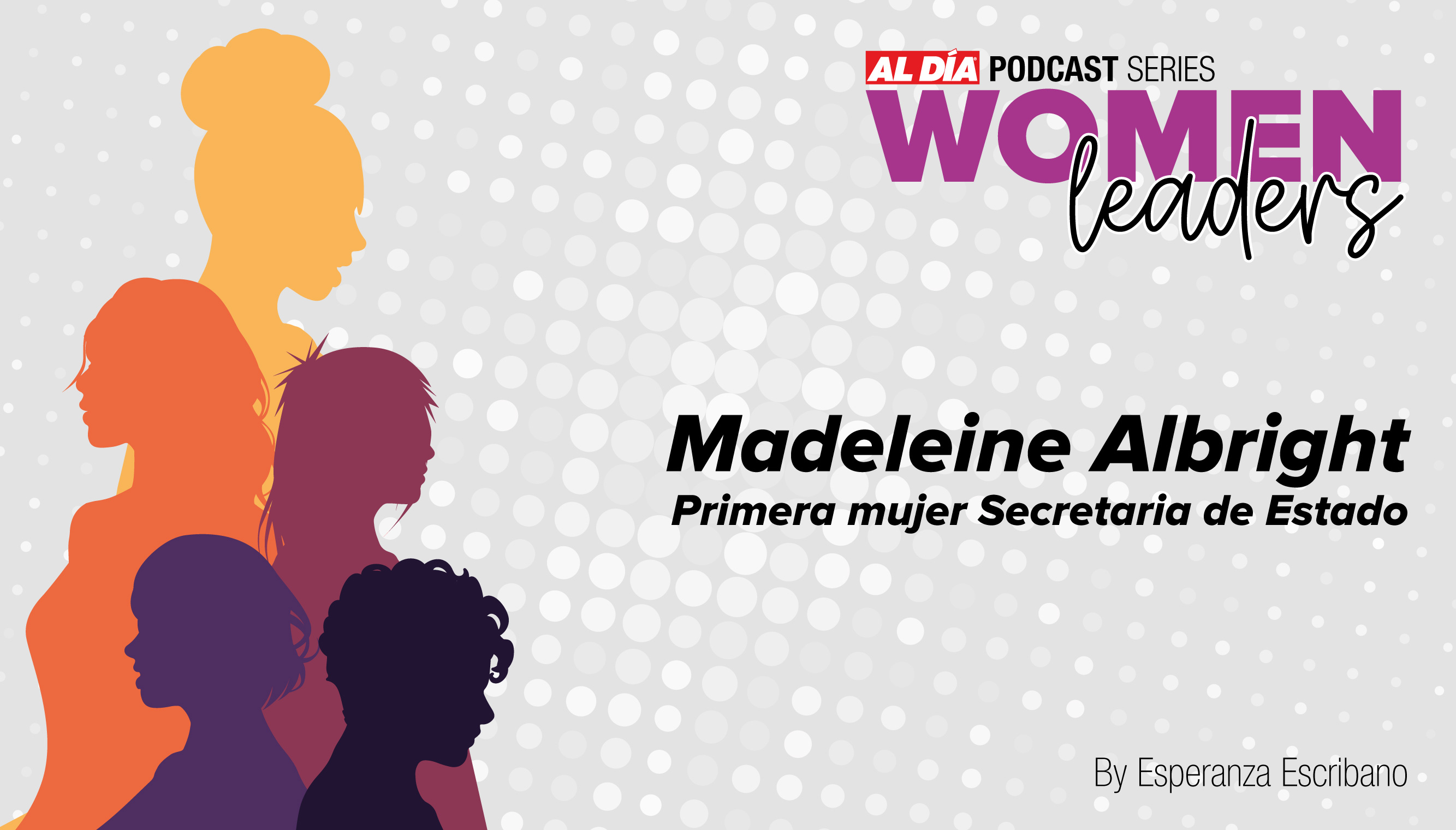
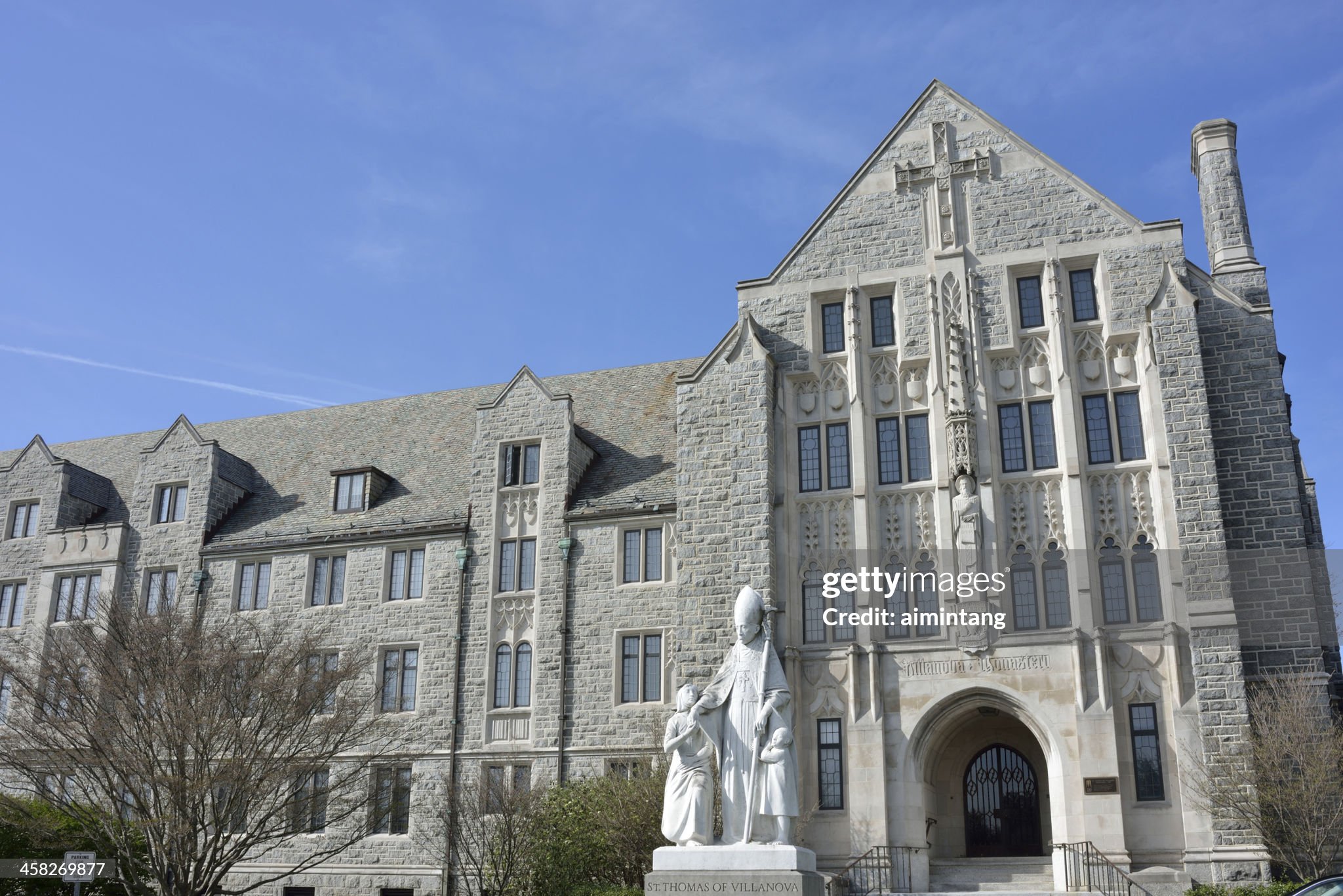
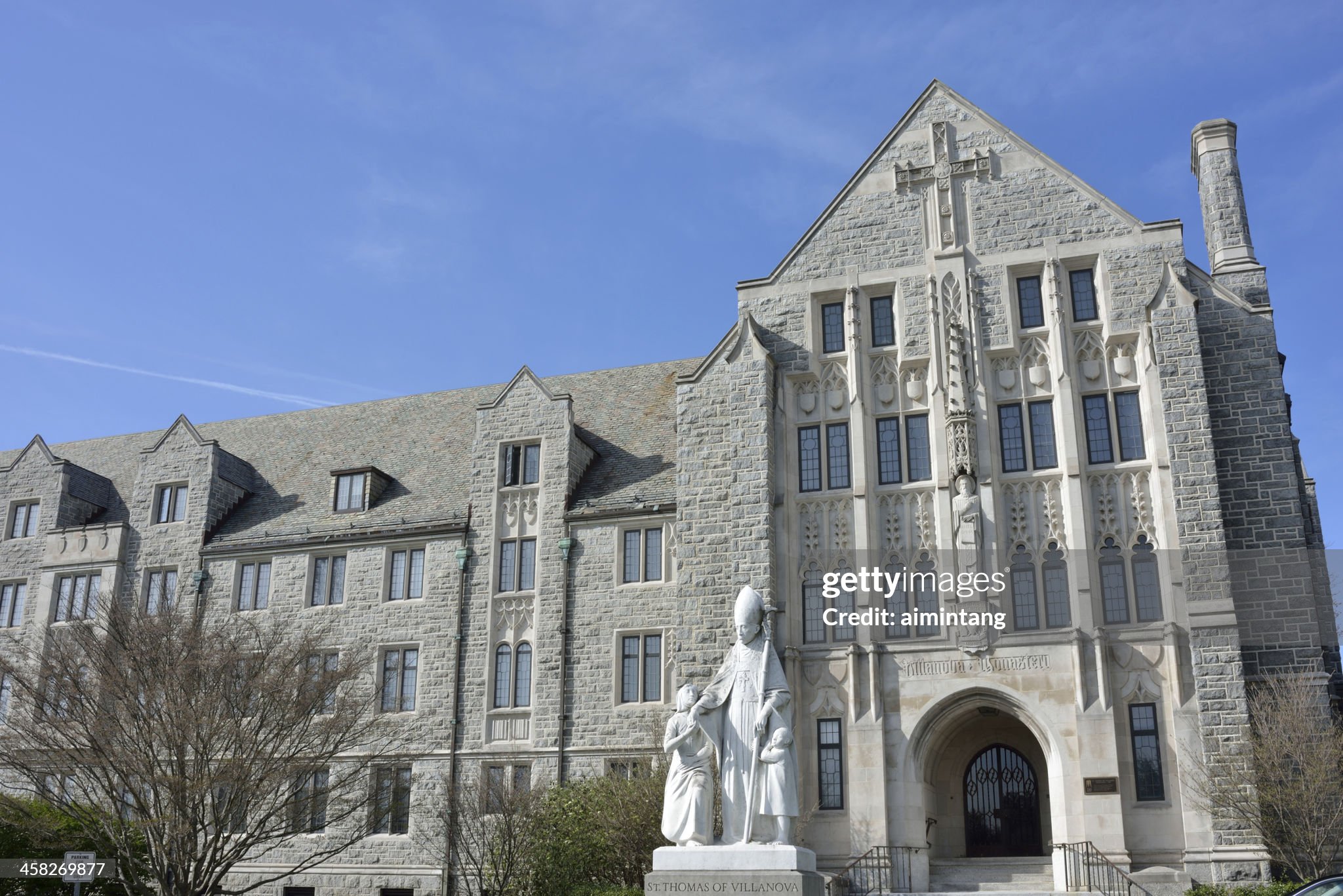
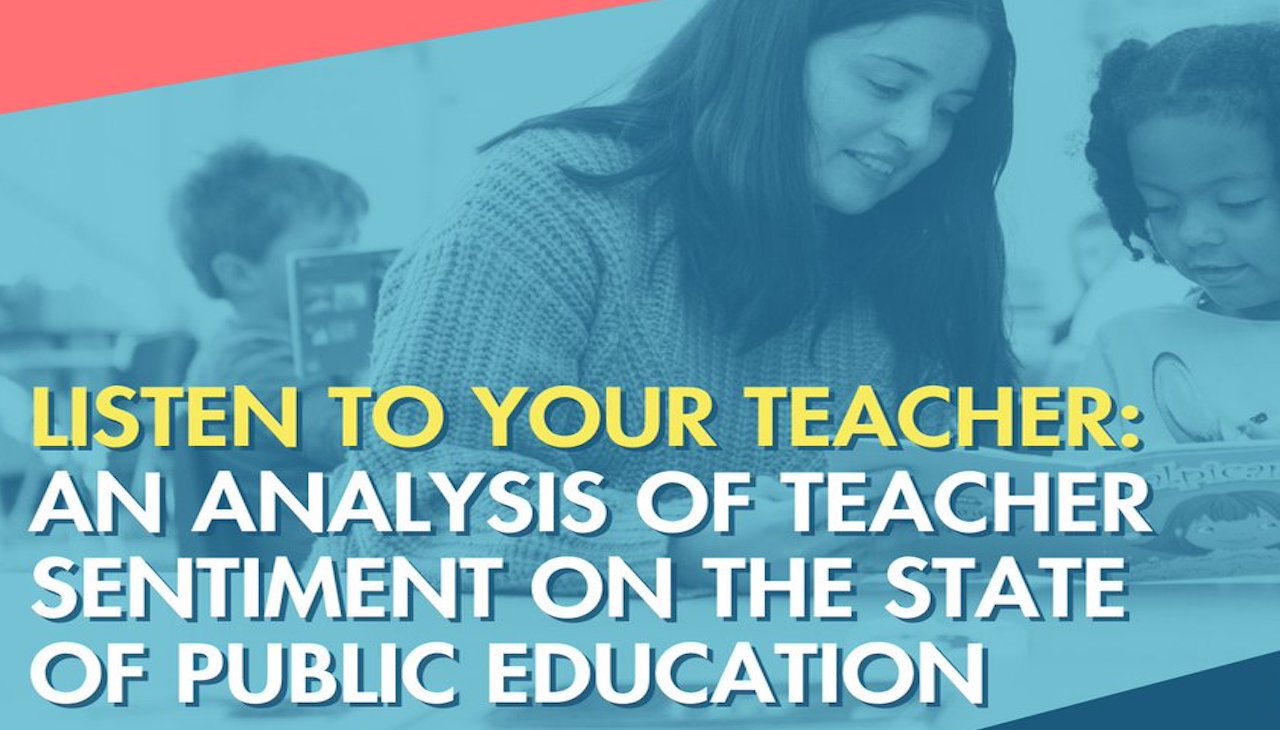
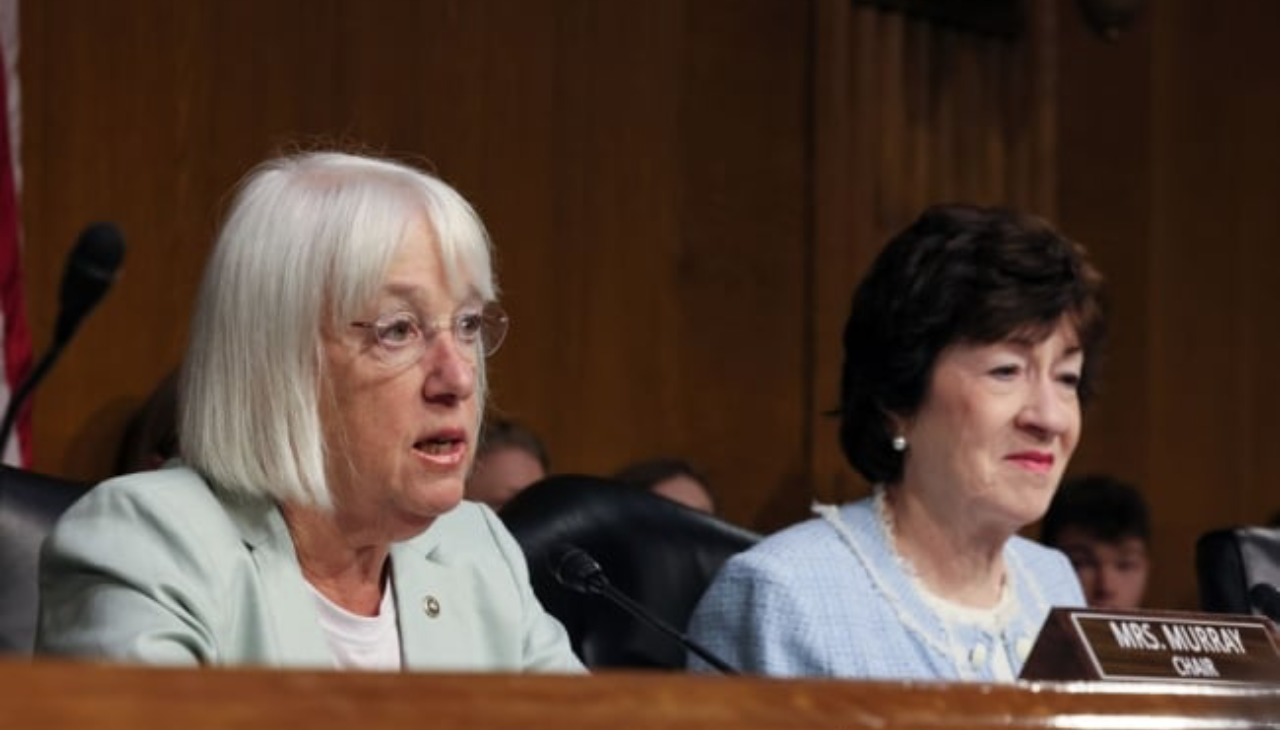

LEAVE A COMMENT:
Join the discussion! Leave a comment.